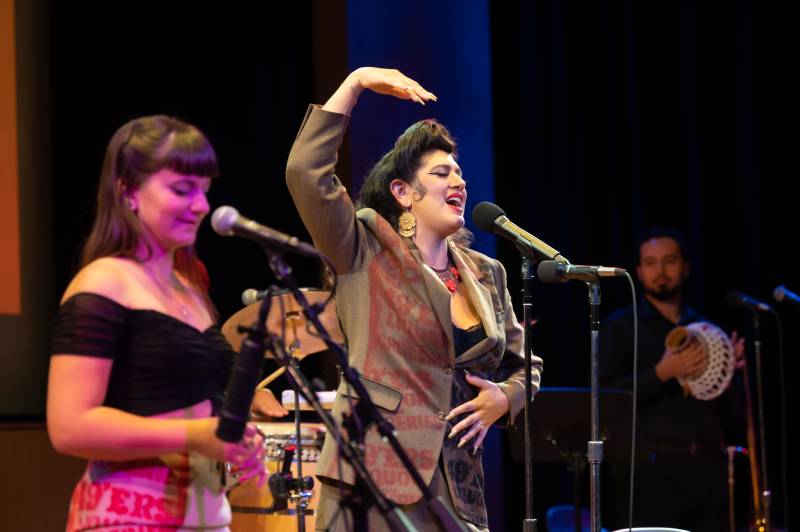Over 75 clubs operated by Live Nation in the United States and Canada will stop taking a percentage of artist merch sales, and will pay performers an additional $1,500 travel stipend per concert, through an initiative called On the Road Again, the company announced Tuesday.
In the Bay Area, only one Live Nation venue is included in the program: The Fillmore, the historic, 1,315-capacity concert hall. For over 30 years, artists playing at The Fillmore “counted in” their T-shirts, albums and other merch, and, at the end of the show, “counted out” so the club could tally the night’s income and calculate the amount of profit to take.
United Musicians and Allied Workers (UMAW), an artist advocacy group, says it’s common for venues to take 15%-35% of merch sales, and some artists have reported fees as high as 40% at recent shows.


